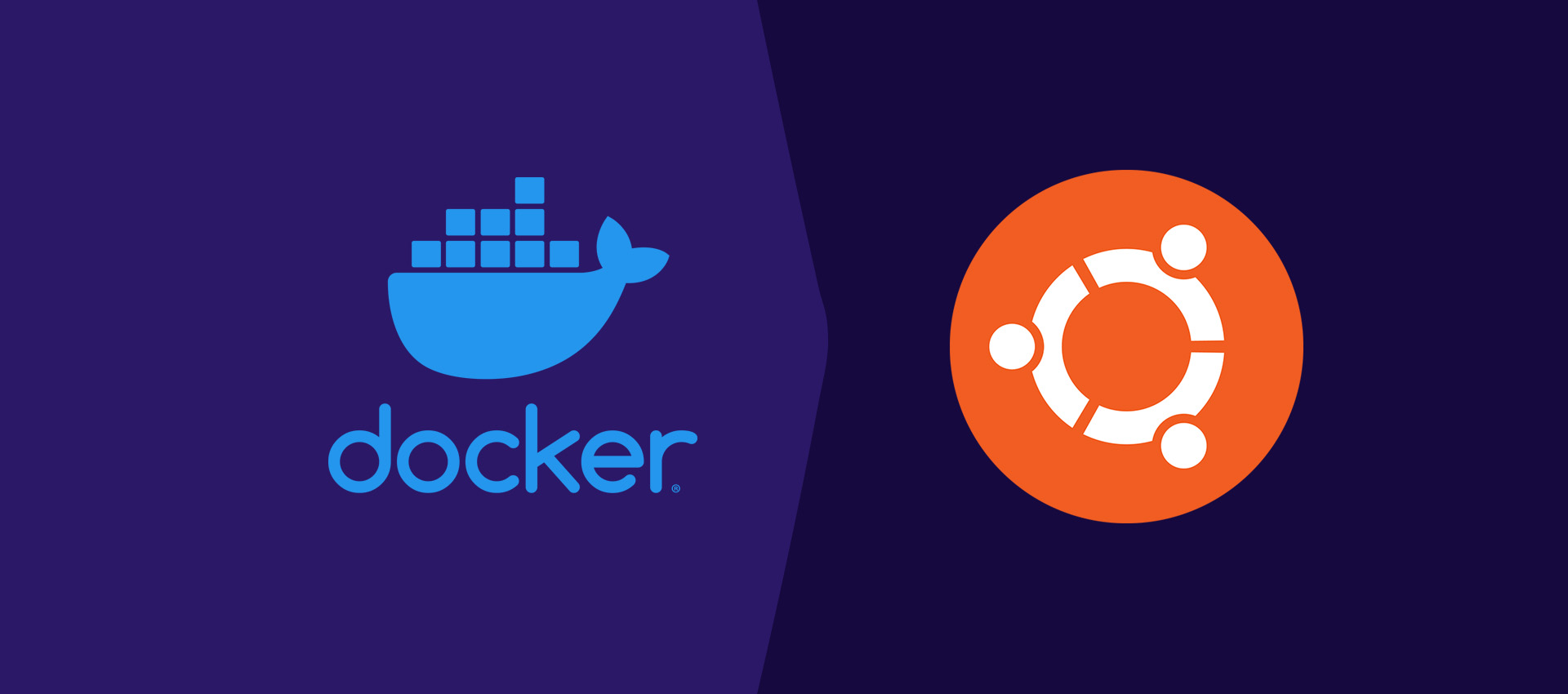
- #Docker desktop ubuntu install#
- #Docker desktop ubuntu update#
- #Docker desktop ubuntu download#
- #Docker desktop ubuntu windows#
Once you have installed the latest kernel updates and restarted the VM you should the Docker Desktop running in Linux Containers mode fine

#Docker desktop ubuntu download#
This is because WSL2 is missing the latest kernel updates which you may download from here When Docker Desktop starts for the first time it should throw an error as shown below:
#Docker desktop ubuntu windows#
Download the Docker Dekstop for Windows and run the installation for it:
#Docker desktop ubuntu update#
Once activating the Windows Insider on your VM it should download the latest updates available which would include Windows 11 Insider Preview as shown below:Īfter downloading the update give it a restart to upgrade your VM to Windows 11. If you haven’t registered yet for the Windows Insider the program then you may get started here. Once the VM is up and running in Azure navigate to Settings > Update & Security > Windows Insider Program and follow the directions on the screen to choose the experience and channel you'd like to get Insider Preview builds through. To find the list of images you may use the below command - az vm image list -publisher MicrosoftWindowsDesktop -offer Windows-10 -sku 20h2-pro-g2 -all
#Docker desktop ubuntu install#
You may install the Windows 10 machine using azure cli as below - az vm create -resource-group rg-dockeraci \ -name dockerdesktop \ -size standard_d2s_v3 -location southeastasia \ -vnet-name ddVnet \ -subnet ddSubnet \ -admin-username dockeradmin \ -public-ip-address ddPublicIpAddress \ -public-ip-sku Standard \ -image MicrosoftWindowsDesktop:Windows-10:20h2-pro-g2:latest So lets start with installing a Windows 10 box using the image Windows 10 Pro, Vershion 20H2 - Gen2 You can now enable nested virtualization using the Dv3 and Ev3 VM sizes. To install Docker Desktop on Windows 10 in Azure you need to make sure that the VM Size during the deployment should support Nested Virtualization. So first we will install the latest Windows 10 image and then by leveraging the Windows Insider program we can upgrade the box to Windows 11. As of today we don't have Windows 11 image available in Azure's Marketplace. This is, Docker's preferred and future path for running Docker on Windows desktop.In this blog we will setup a Windows 11 machine in Azure and then install Docker Desktop on top of it. However, you can do the same in Docker on WSL2, but you can also run the Docker Engine itself atop WSL if you prefer. But one cannot run Docker Engine on WSL1 for many technical reasons.

Prior to WSL2, one could run the Docker client in WSL1, using it to drive Docker for Windows running atop Hyper-V on the local host, or to manage a remote Docker server. This provides 100% Linux compatibility, and allows your Linux tools to run with near native performance, and consumes minimum resources necessary from the host, ensuring your machine runs fast and smoothly. The soon to be released WSL2, on the other hand, runs distros' binaries within Linux containers, atop a real Linux kernel, inside a lightweight VM that allocates only the RAM needed by the apps it runs, and then releases freed RAM back to the host OS. WSL1 took an approach of adding a Linux syscall compatible layer at the top of the NT kernel, allowing Linux binaries to run atop NT, sharing the same underlying filesystem, networking, process list, etc. WSL allows you to run native, unmodified Linux ELF-64 binaries directly on Windows, and enables you to run your favorite Linux tools atop your Windows "host" OS.

Hi! Microsoft PM working on WSL & Command Line here.

Updated 8 to reflect changes introduced in WSL2


 0 kommentar(er)
0 kommentar(er)
